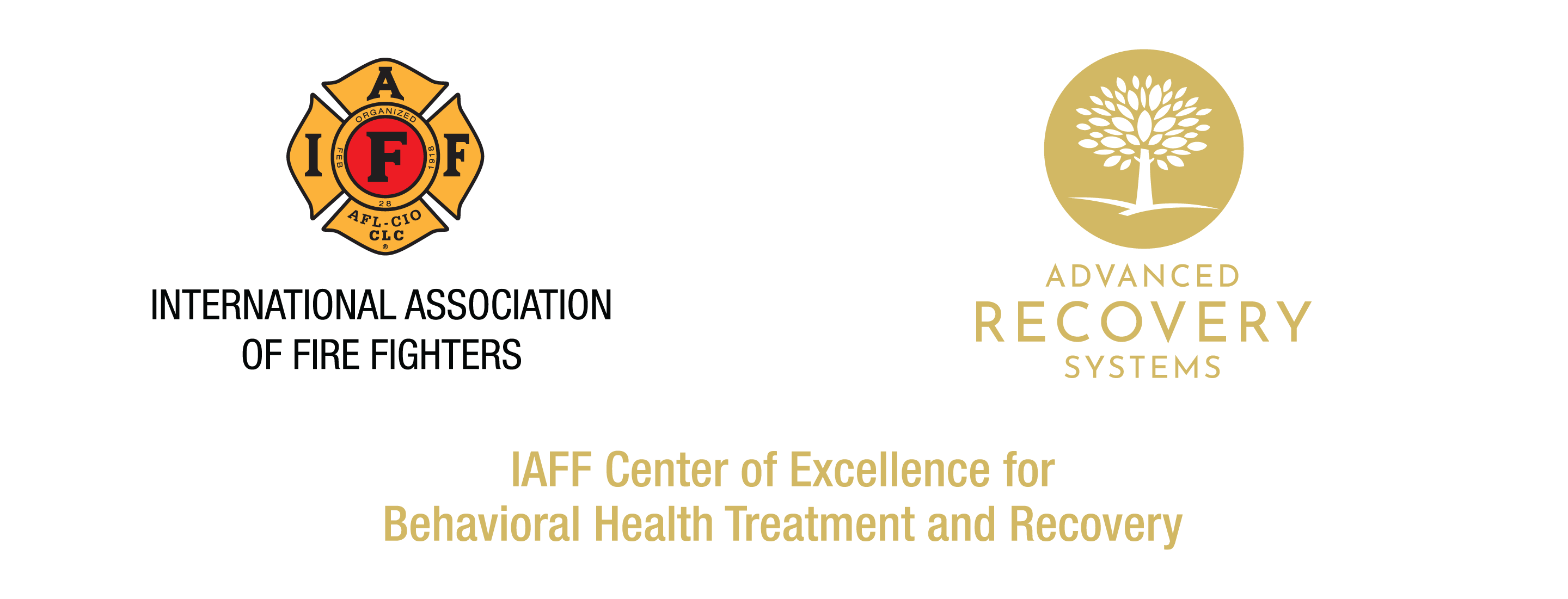Get the help you need right now 855-900-8437 Get Help Now
Get the help you need right now 855-900-8437 Get Help Now
Estimated watch time: 1 hr 32 minutes
This presentation will address various types of substance use disorders and addiction experienced among firefighters, paramedics and dispatchers. Viewers will gain insight into the signs and symptoms of substance abuse and addiction, as well as learn about the resources available for individuals, peers, friends, family and loved ones. We will also address how the current pandemic has changed the dynamic of recovery and substance abuse trends in this unprecedented time.
After watching this webinar the user will:
This presentation is ideal for IAFF members, fire service leadership, peer support team members, chaplains, spouses and other individuals in a capacity to support first responders struggling with or in recovery from addiction or a substance use disorder.

To offer treatment for successful recovery from post-traumatic stress and addictions and help IAFF members return to the job.
©2024 IAFF Center of Excellence for Behavioral Health Treatment and Recovery. All rights reserved.
